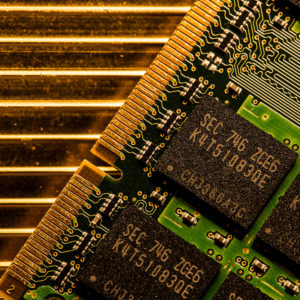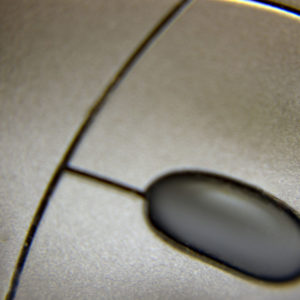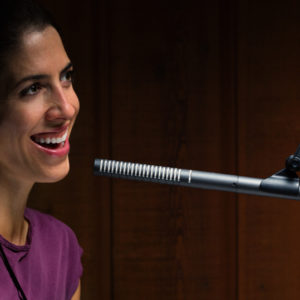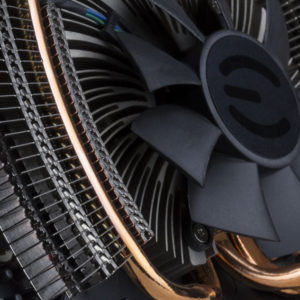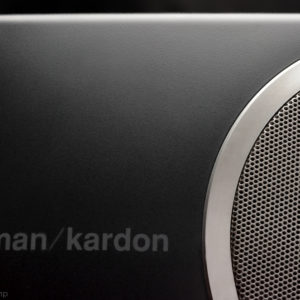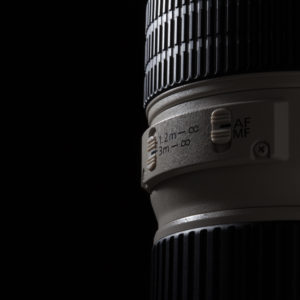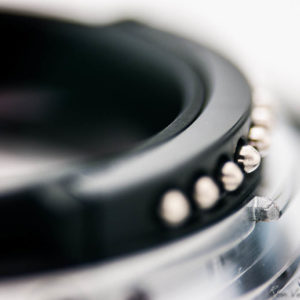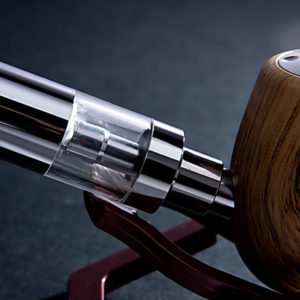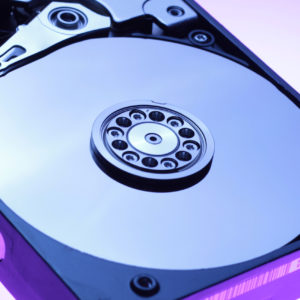This assignment may require a special piece of gear… a close up tool.
There are many ways of making an ultra-close image. Some special lenses (Macro) types have the ability for close focus built in.
Other methods include:
1. Lens Reversing rings. Turning the lens around on the camera can allow it to be used close focus. These are available for most camera brands.
2. Close-Up Tubes or Extension Tubes. These allow the lens to be pushed away from the camera and increase the close focus ability. There are no long focus abilities though, those are lost when the lenses go on the tubes.
3. Conversion lenses. These are similar to filters… screw them on the front of the lens and it allows for closer focus. (Not my preferred method as it usually degrades the image a bit.)
4. Bellows rails. These are very sophisticated tools that allow for a complete extension from keeping the lens close to the camera to moving it very far away from the camera in unlimited increments.
5. Lenses with built-in Macro. As far as I know, all manufacturers have some sort of macro lens in their roster.
Using close up tools of any kind will mightily change your DOF… the closer distance you get to the subject, the less DOF you will have.
ASSIGNMENT FOR THIS IMAGE:
A double page ad shot to also be used in a brochure. That means the image will be big… BIG across two pages. It will be the feature image of this brochure and absolutely MUST look sharp.
An upstart young company has an idea for a cool new electronic thingy… doesn’t matter what you choose, but it will be a super new approach to doing – whatever.
Now you may approach it differently… could be an app, could be a piece of hardware, could be a result. Point is – it is electronics, and it is a close up shot that shows us something new, different and ultimately visually exciting.
In color, please.
Horizontal – I mentioned it was a double-spread.
Lighting should be sublime and helpful to show us something close in a “new light”… heh.
Please – if you use natural light, you must use some bounce or other tools to keep this very small area keenly lit with style.
In something this close, we will be looking for texture, shape, dimension and composition that leads the eye. Do not simply make a close up shot. This shot must be a close up that shows the viewer something they haven’t seen before – in a light that is both flattering and interesting.
If you pick something like a watch, or an iPhone/Android or a hard drive… something we have all seen many times, this image MUST contain something for us to be drawn in by. That would be lighting/composition/depth… all the stops come out and careful attention to the entire process is now paramount.
Note how important lighting and DoF are used to help create either more mystery or design elements within the presentation.
FROM THE STUDENTS:
STUDY:


